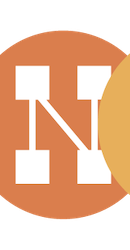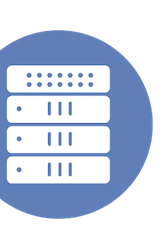Introduction to Nokia with Andy Lapteff
Event: Networking Field Day 39
Appearance: Nokia Presents at Networking Field Day 39
Company: Nokia
Video Links:
Personnel: Andy Lapteff
Andy Lapteff, a network engineer who became a product marketing manager for Nokia Data Center, introduced his presentation by sharing his personal journey. He admitted that, like many, he previously only knew Nokia for its indestructible cell phones and was unaware of its significant presence in the data center market. It was at a previous Tech Field Day event, attending as a delegate, that he learned Nokia had been building mission-critical networking infrastructure for decades for entities like air traffic control and power grids, and was now applying those same principles of ultra-reliability to the data center. This revelation was so compelling that it motivated him to join the company.
Lapteff contrasted Nokia’s approach with his own past experiences working midnights in a network operations center (NOC), where networks were complex, fragile, and “on fire all the time,” and a “no change Fridays” mentality was common. His motivation at Nokia is driven by the memory of those challenges, aiming to build more robust and reliable networks for data center operators. He expressed genuine excitement for the value Nokia provides, which he feels is real and tangible, unlike other vendor jobs he has held.
The presentation set the stage for a deeper dive into the future of networking, particularly focusing on the often-confusing landscape of AI, AIOps, and the different levels of network autonomy. Lapteff noted that while the industry is largely at a manual or low-automation level, Nokia is pushing toward full autonomous operations. He concluded by previewing the day’s key topics, promising impressive demonstrations on “Agentic AI ops in action,” AI-driven root cause analysis, the automation of AI back-end fabrics, and a much-anticipated update on Nokia’s potential support for non-Nokia hardware.







